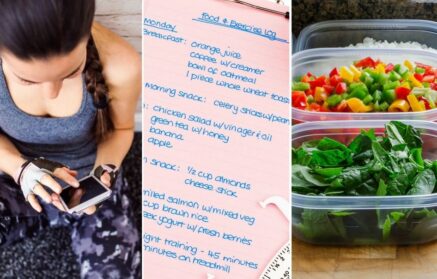Table of Contents
Are you ready to change your eating habits? Sure, you can forget all these cheeseburgers and plunge into a paleo diet, carbohydrate cycling, or any other system that represents a 180-degree turnover from your current diet. But think about whether this way you will not prepare yourself for failure. Before you do anything, learn the skills of “conscious” eating.
What kind of skill are we talking about? It is knowing what your food is made of and using this information to help you eat better. One of the best ways to do this is to start watching or tagging macro-nutrients – proteins, carbohydrates, fats and also the total calories of your food.

To be clear about this: It does not bind you to anything. It does not mean that from now on you will be on an endless diet or that you have to buy three kitchen scales for home, car and work. It means that whatever you choose to do, you do it from a position of knowledge, not ignorance. And that is still a good solution. Try it for a few weeks. Afterall, what can you lose?
You might be interested in these products:
Step 1: Measure it
If we have just convinced you to release the nutrient macro into your life, you probably asked in a sad voice, “OK, how much time does it take and what do I have to buy?” Fortunately, the answer to the first question is “not much” and the second “nothing special”.
When you learn to track your diet, the three best tools you can have in your kitchen are: kitchen scale, calorie workbook (or smart phone) and measuring cups. We also recommend having a calculator on hand (unless you’re an expert on finger counting), and a source of nutritional information.
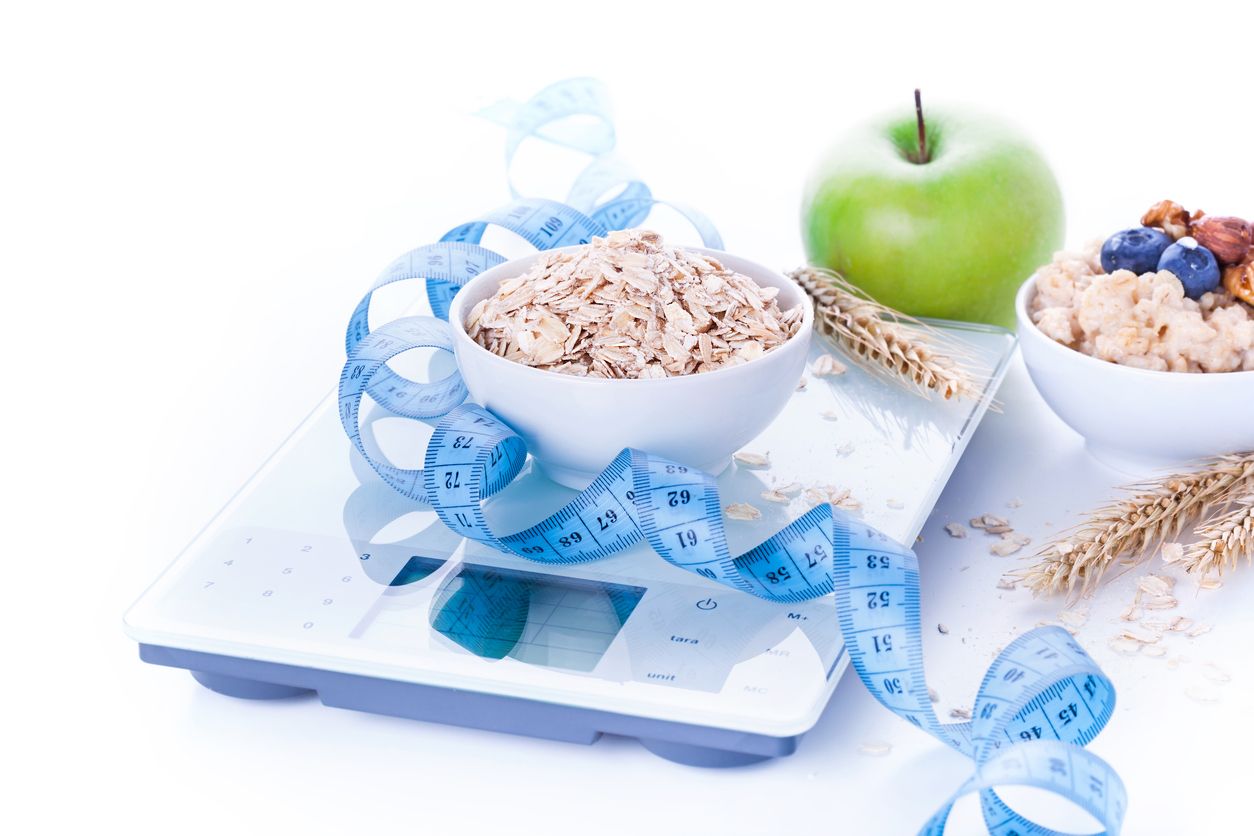
If there is a label on your food, this is a good start. However, if you prefer food that is labelless (which you should prefer by the way), you have several options. Any calorie counting guide such as the Complete Book of Food Counts or other similar source is fine.
There are also countless online resources, the most prominent being the USDA National Nutrient Database for Standard Reference or Calorie Tables. If you don’t have a computer at hand, don’t worry – today there are mobile applications that use USDA information to simplify the calculation.
Remembering the schedule of your main meals is easier than you might think. Most of us have about 20-30 favourite foods that we regularly consume. Before you realize this, you will remember that 170 grams of chicken breasts have approximately 140 calories, slightly more than 26 grams of protein and 3 grams of fat. You will also learn to visually recognize 170 grams of chicken breasts without having to pull the weight out.

If you are not that far yet, keep the weight and measuring cups at hand. Use a kitchen scale for foods that are generally weighed on grams (that applies to most foods). Use measuring cups for foods where calories are calculated in units of volume. Determine the quantity, calculate, and that’s it! You know your macro.
Step 2: Record it
Now you know what your food is worth, at least when it comes to macronutrients. For example, suppose you eat about a quarter of a cup of almond butter and an apple when you get back from work every day. Your macro will look like this:
¼ cups of almond butter
- Calories: 384
• Fats: 34 g
• Protein: 13 g
• Carbohydrates: 11 g
1 big apple with skin
- Calories: 116
• Fats: 0 g
• Protein: 1 g
• Carbohydrates: 30 g
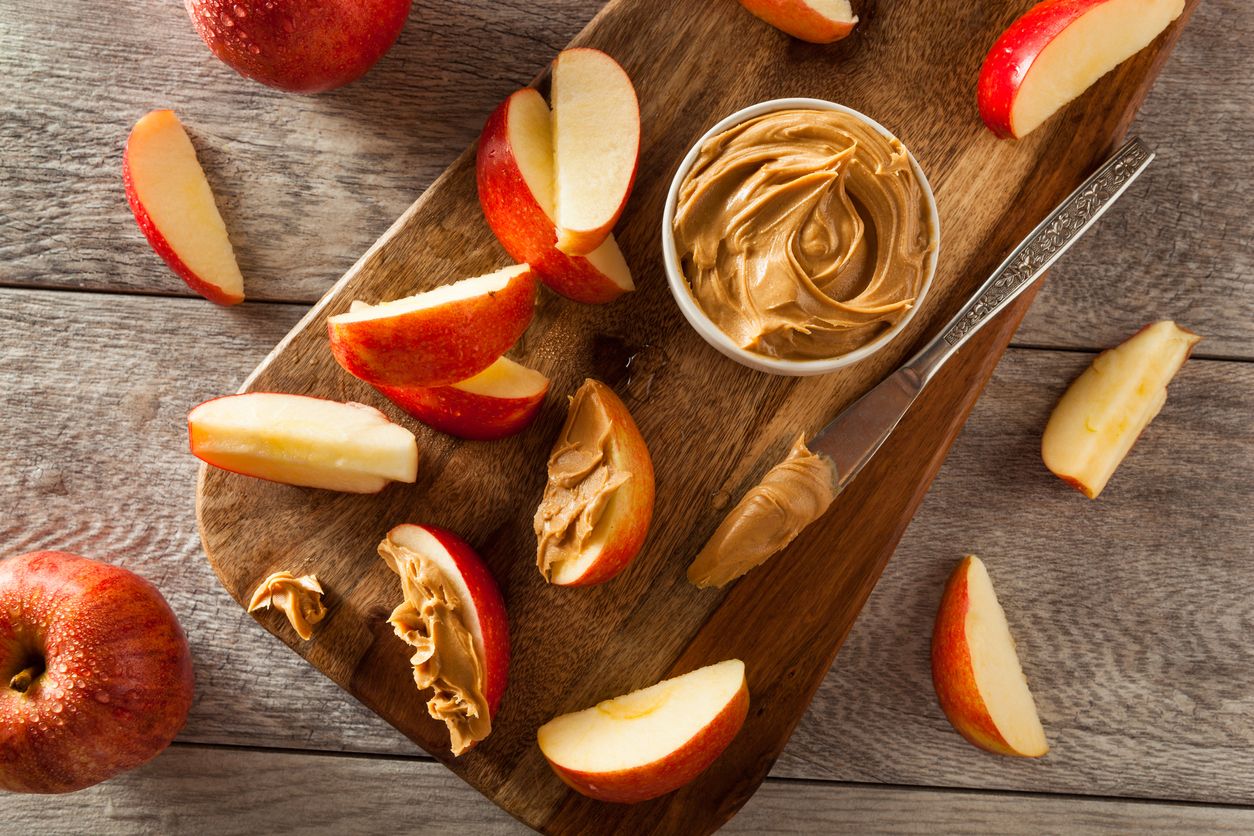
Nutritional databases offer an incredibly comprehensive summary of micronutrients, including a number of individual amino acids, but don’t worry about them until you have to. Until you get to know them in detail, it’s okay if you just focus on the basic ones: calories, proteins, fats and carbohydrates.
You quickly realize that a lot of macronutrients are rarely an integer – but that’s no problem. If you do not want to spend more time on math than eating, do not worry about calculations for hundredths of grams. If the number after the decimal point ends below .50, round it down, if above .51, then round it up.
Once you have calculated your macro – this is the key part – write it down. Every successful business knows that “that which is measured, improves.” Or we can say this with the addition: “That which is measured and written down, improves exponentially.”
It just means that when you measure the content of your food and write it down, your results will improve even faster, because of the traceability that the workbook represents.
While this may sound simple, it is important – remember to note what specific foods you have eaten in your meal, not just writing down a macro. In this way, after a few weeks, you can plan your meal for the whole week directly from your notes, instead of having to look for every single meal you eat again.
Step 3: Break it down in detail
Now you know how to measure a macro. Once you are sure of your calculations, determine how your nutritional degradation will look in the future and how it will support the nutrients in your individual foods.
The first figure to determine when planning your diet is the amount of calories your body needs. This number depends on your age, gender, weight, metabolic rate, activity level, goals, and the amount of time you need to reach them. There are many online calculators to help you calculate this number, so we don’t need to go too deep in this.

For simplicity, let’s say you find that you need to take 2,000 calories a day, exercise and you’re in a weight loss phase. Spread out your macro so you know how many calories you would have for each macro nutrient.
For example, you start with a simple 40/40/20 plan. That means you need to take 800 calories of protein, 800 calories of carbohydrates and 400 calories of fat every day for 2,000 calories. To know how many grams of each macro you need to include in your daily diet, convert these calories into grams.
If it helps, tattoo it on your hand: Gram of protein contains 4 calories. Gram of carbohydrates contains 4 calories. Gram fat contains 9 calories.
Got it? For a 2000-calorie diet, your macro is calculated as: 800 calories / 4 calories per gram = 200 g protein. The same number you get from 40% carbohydrates, 200 g. Of 20% fat, the equation is 400 calories / 9 calories per gram of fat = 44 grams of fat (rounded down).
At 2,000 calories a day, at a ratio of 40/40/20, you need: 200 g protein, 200 g carbohydrates and 44 g fat.
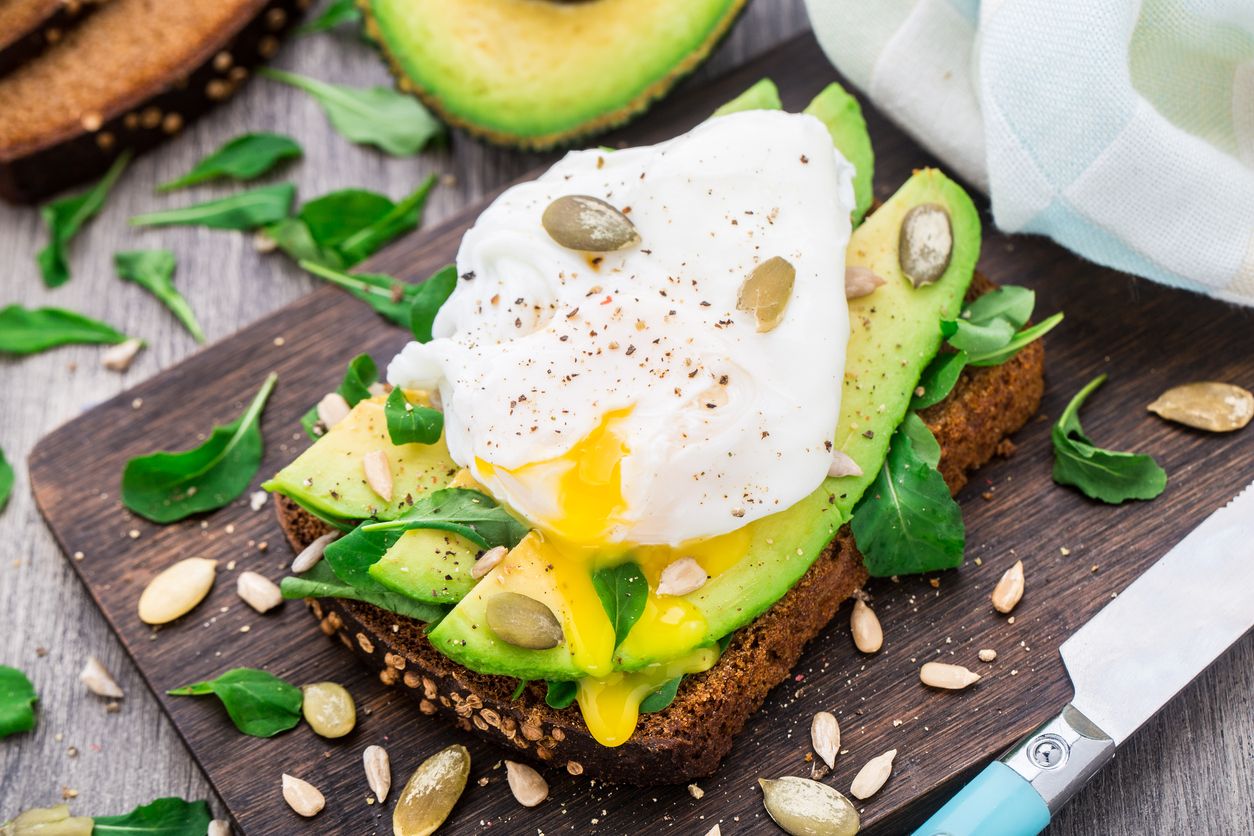
Step 4: Start planning your meal
Now you know your numbers. But you can’t eat numbers and you can’t predict how you feel about them. Classic ratios you can start with, like 40/40/20 or 40/50/10, should be just a guide, but not the rules.
Try something like 40/40/20, and if you’re hungry all the time, increase your protein intake. If you lack energy, you can try increasing the amount of fat. Bodybuilders’ nutrition is partly science, partly art, and we always try to find the right balance in the middle.
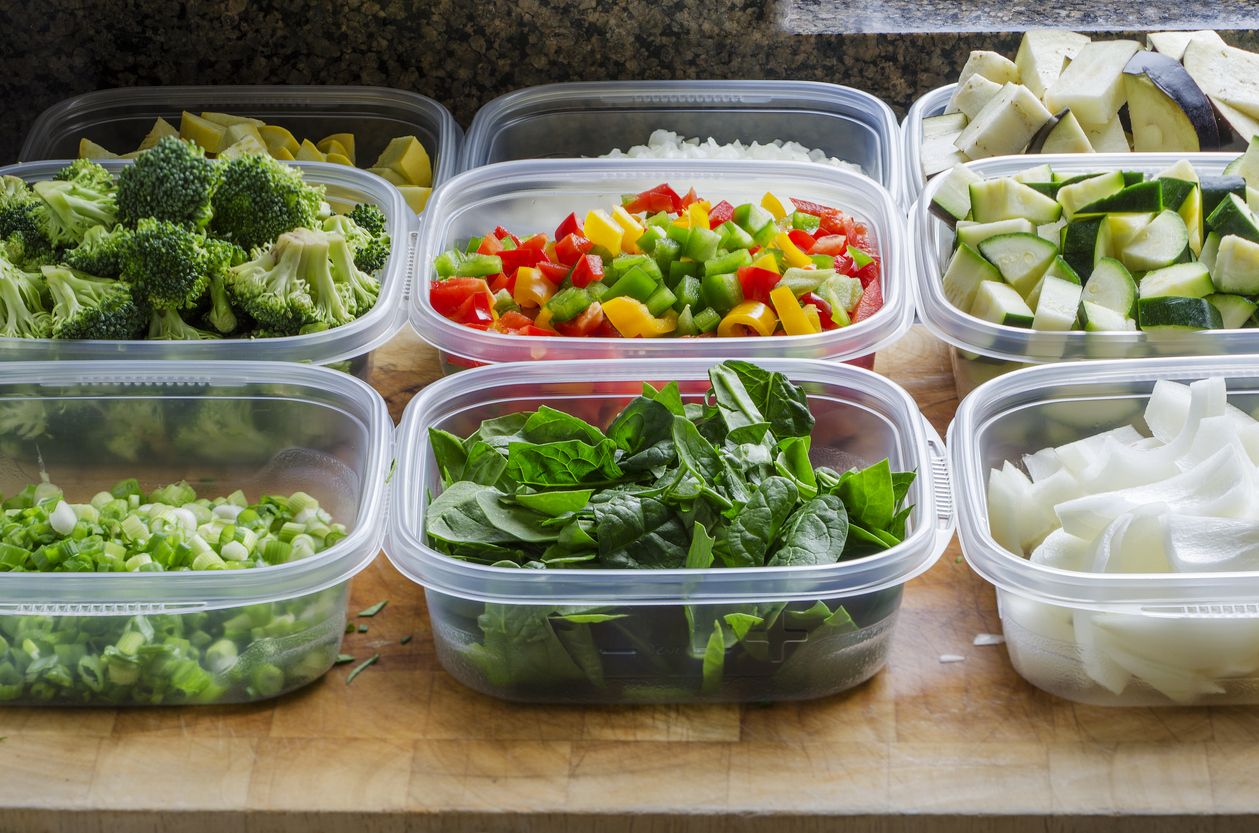
But don’t go crazy with all those calculations. Get as close to the macro nutrients as possible. But when you’re not at home or in a hurry, estimate your portion just guessingly the best you can. If your protein is one day lower and carbohydrates a little higher, don’t do anything about it. The last thing you would like is that the stress of calculating the perfect macro destroys your motivation to eat healthy.
Also, don’t be obsessed with momentary differences in proportions. Eating roughly 40/40/20 is better than not knowing what you are eating at all. If you can’t record everything every day, just do your best. At first it may seem like a heavy work, but before you realize it, you’ll do it automatically.
We firmly believe that this article has helped you and inspired you to make positive changes to your diet. But if you are looking for an alternative to weighing food and meals, get inspired by our article 4 tips for losing fat without counting macronutrients. If you liked this article, support it by sharing.

